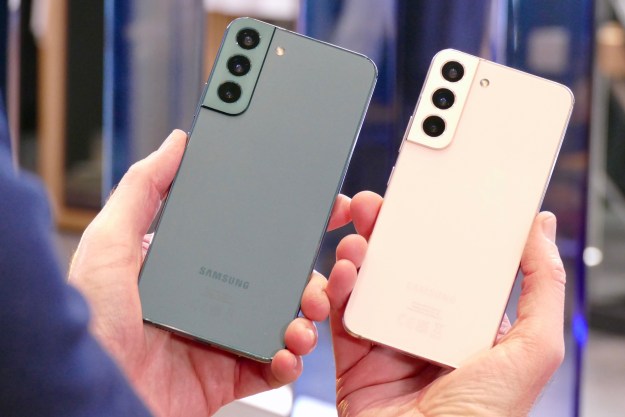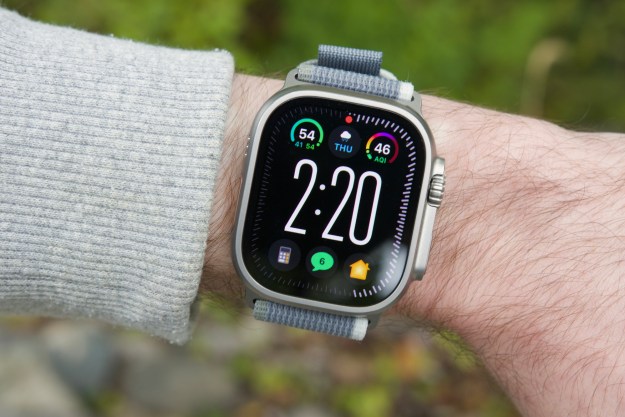
Droid Life reports a now-former Motorola employee took to Facebook to mention Lenovo was letting him go. The employee says Lenovo is moving more operations to China, although the Chinese company has confirmed with Digital Trends that it plans to keep its headquarters in Chicago.
“Lenovo is absolutely committed to Chicago and we plan to maintain our Motorola Mobility headquarters there,” a Motorola representative tells Digital Trends. “Chicago has a well-deserved reputation for technical excellence, and as the hub of our global R&D for our smartphone business, we expect to take advantage of local talent to continue developing Moto products there.”
Lenovo says the layoffs are a part of the company’s strategy to integrate Motorola’s smartphone business into Lenovo and “streamline” products for the global
“The company is also making adjustments in other areas of the business as part of a continued effort to manage costs, drive efficiency, and support ongoing improvement in overall financial performance,” according to the representative. “While these actions are never easy, they are a necessary part of our continued efforts to ensure long-term, profitable growth across all of our businesses.”
Earlier this year, Lenovo said the integration efforts relating to Motorola “did not meet expectations,” and that product transition was “not successful” in North America. China shipments declined a whopping 85 percent, but the company said it learned from its mistakes and has formed a corporate structure that empowers two co-presidents — one to focus on the Chinese market, and the other to lead the U.S. and other emerging markets.
Editors' Recommendations
- Motorola MA1 gives your car wireless Android Auto
- 4 things I like about the Motorola Razr and 4 I don’t
- Motorola One Vision vs. Nokia 7.1: Which is the best budget phone for you?


